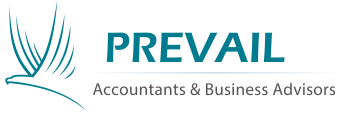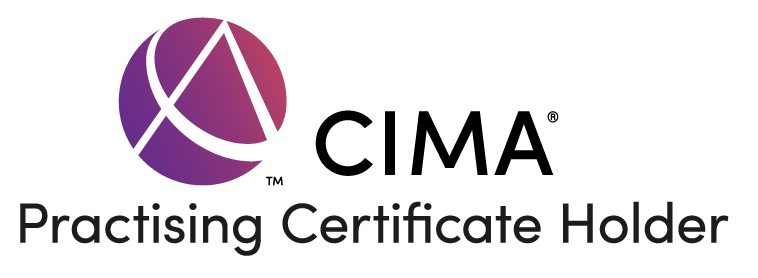VAT Flat Rate Scheme changes

WHO CAN USE VAT FLAT RATE AND HOW TO JOIN?
The VAT Flat Rate Scheme is designed to simplify your records of sales and purchases. It allows you to apply a fixed flat-rate percentage to your gross turnover to arrive at the VAT due. This is a simpler method of working out the fixed rate of VAT you have to pay to HM Revenue and Customs (HMRC.)
Currently businesses determine which flat rate percentage to use by reference to their trade sector.
 IMPORTANT
IMPORTANT
From 1 April 2017, Flat Rate Scheme businesses must also determine whether they meet the definition of a limited cost trader. To find it out the businesses will need to complete a simple test; using information they already hold, to work out whether they are entitled to use the new 16.5% rate.
You will be a limited cost trader if your VAT inclusive expenditure on goods is either:
- less than 2% of their VAT inclusive turnover in a prescribed accounting period
- greater than 2% of their VAT inclusive turnover but less than £1000 per annum if the prescribed accounting period is one year (if it is not one year, the figure is the relevant proportion of £1000)
If you use the Flat Rate Scheme, you do not recover input tax (tax on purchases) or VAT on imports or acquisitions. This is because the flat rates are calculated to represent the net VAT you need to pay to HMRC. In other words, an allowance for input tax is built into the flat rates
· The scheme is for businesses with a turnover no more than £150,000 a year, excluding VAT and you must apply to join the scheme.
· You keep the difference between what you charge your customers and pay to HMRC
· You can’t reclaim the VAT on your purchases – except for certain capital assets over £2,000
Annual Accounting Scheme + Flat Rate Scheme = mean you spend less time working out how much VAT you owe, avoid a big bill by evening out your VAT over the year and submit only one VAT return a year.
How to apply for the scheme?
You must apply to join the scheme:
· online – when you register for VAT
· by post – fill in VAT600 FRS and send it to the address on the form (or useVAT600 AA/FRS to apply for the Annual Accounting Scheme at the same time)
How to work out your flat rate turnover?
Flat rate turnover is different from standard VAT turnover. For example, as well as business income (eg from sales), it includes the VAT you add on your invoice.
There are 3 methods to calculate the flat rate turnover, depending on how your business operates:
- Basic turnover
This is principally for those who deal mainly with other VAT registered businesses. If you use the accounting for VAT on an invoice basis, this can be the simplest to operate. - Cash based turnover
This method is the Flat Rate Scheme equivalent of cash accounting. It is based, not on the time you make the supply, but on the time you get the payment for your goods or services. This can be helpful if you give extended credit or your customers pay you late. - Retailer’s turnover
This is essentially the same as a retail scheme and is best if you are a retailer selling goods to the public.
The main benefits of the scheme are:
- simplified record keeping, as you do not have to keep detailed records of sales and invoices
- fixed-rate percentages that are lower than the standard rate
- help manage cash flow


